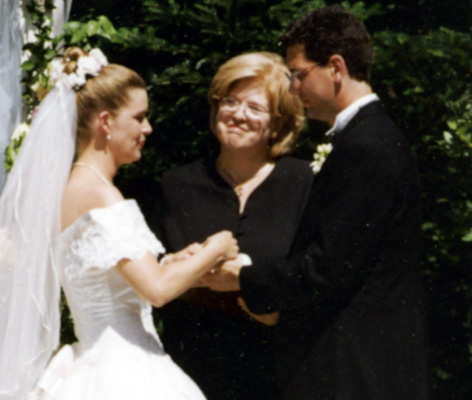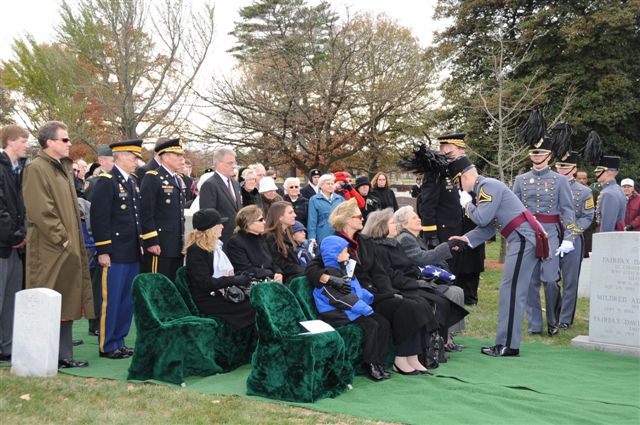If you are one of those people who dreads the holidays or simply does not want to experience a repeat performance of holidays past, this article is for you. Preparing for the holidays is not just about eating food, buying presents, and making travel arrangements. The kind of holiday season you will have is not primarily determined by who you are with, how they behave, and what presents you receive.
The #1 key to enjoying the holidays is choosing to be an active, conscious participant and not a passive, unconscious victim.
What you do in your inner mental and emotional kingdom will determine whether you suffer through yet another holiday or do your best to ensure that you optimize your chances to have a delightful time. Blaming and judging others for your dissatisfaction keeps you stuck in your unhappiness. If you want to create, promote, and allow yourself to sing a different tune this year, you have to get in the driver’s seat to make that happen.
Empower yourself, not others, to determine the quality of your experience.
I remember shopping in Filene’s Basement in Boston once and the memory still makes me giggle while also reminding me of one of life’s most powerful lessons. A woman asked her friend what she would tell her husband about all the things she was buying. The friend replied, “I’m just going to tell him the devil made me do it.” Well, just where was that devil and how is it that he or she had the power to take over that woman’s personal authority and responsibility for her own actions? Too many of us play victim over the holidays disclaiming responsibility for our actions and experiences. We tell ourselves we have no will power to resist all the treats and temptations. We feel sorry for ourselves when we don’t feel loved and cared for by those with whom we share the festivities, or we feel left out because we have no invitations to be anywhere we really want to be. Often, we think we are the only one in that situation. When we are with our family, we often revert to the dysfunctional roles we played with each other during our childhood. Many of us get depressed because this holiday season shows no promise of being wonderful.
What to do? Here’s a plan to renovate your holiday experience:
Step One: Set a Clear Intention to Give Yourself a Good Holiday Experience: Don’t commit to trying to do it differently. Commit to doing it differently. Make your own needs and happiness important to yourself and commit to doing your very best to take care of yourself.
Step Two: Assess Your Options and Set Realistic Expectations: If you have been stuck in a rut of feeling obligated to spend your holidays with people you don’t enjoy being with, then your options will be far different from those of someone whose loved one has just died. Survey your situation. First ask yourself, “what do I really expect is going to happen this holiday season?” Be ruthlessly honest with yourself because your expectations are the foundation upon which your experience will be built. They are self-fulfilling prophecies of what is to come. It’s kind of insidious, but what we believe to be true has power. Beliefs function like a screening mechanism whereby we prove ourselves to be right. If you tell yourself that unpleasant circumstances, situations, and events will repeat themselves, they will – because that’s the only option you believe is available to you. Alternatively, you can anticipate the challenges and temptations you will encounter, and choose to create a happier holiday as a gift to yourself.
From where you stand right now, what are you anticipating your holiday season to bring your way? What about it looks good to you and what looks dreadful? Have you experienced those dreadful things in the past? How well did you handle them? With 20/20 hindsight and ruthless honesty, do you see anything you might do differently that could yield a better experience for you? Were you on autopilot reacting to your experiences or were you really staying present in the moment trying different strategies to improve your experience? If you can’t think of any alternative ways of experiencing the same old challenges, imagine someone you consider to be savvy and outstanding at handling these kinds of situations. What would he or she do? Are you willing to step outside your comfort zone and try something new or would you rather just suffer through it all again?
If you are particularly tender-hearted due to the death of a loved one or some other sensitive new experience in your life, be honest with yourself about what you really need. Maybe everyone else’s well-intended concern for your well-being is more than you can bear right now. Maybe you’d just like to be alone and let the holidays pass uneventfully. It’s OK.
Let the filter through which you assess your options be about your true needs rather than any concern for what others might think. Have the courage to trust your own instincts rather than trying to please others by following tradition or doing what you think they expect.
Step Thee: Get Creative and Bold: Be proactive. Here are some of the things you might do differently:
Find a new place to belong. Think of someone with whom you’d really like to spend the holiday. Let them know why it would be meaningful to you and ask if it’s possible. If not, think of someone else. If you end up with yourself that need not be a lonely option.
Spend the holidays in service to others. Whose holiday might you make brighter? Is there an organization in your area that you would like to help? Is there someone you know who could use your loving kindness?
Consider a feast for one. Some of my favorite Thanksgiving Day memories are from creating and eating an entire feast for one and having fabulous leftovers for days.
Let the holiday pass uneventfully. If there is no one available you would really love to be with and don’t want to be bothered with holiday activities, honor that as the right choice and not a “poor me” scenario.
Host your own holiday. Rather than being someone else’s guest, take the initiative to be the architect of a holiday with you as the host(ess).
Give yourself a lavish holiday for one. Maybe that means travelling to somewhere exotic or decorating your home over the top and buying yourself lots of presents that you wrap rivaling Martha Stewart’s finest work.
Be with the same people, but do it very differently. Sometimes, drastic measures are called for. If you have a family member or fellow participant who treats you as though you are emitting a really bad odor, practice not letting his or her negativity in. This may take a lot of effort and time to perfect. Consider new strategies like praying for you both, distracting yourself into being helpful to your host(ess), having meaningful exchanges with others, and minimizing the opportunities for this person’s behavior to infect your experience. It all helps. And, you may find it all too tiresome to continue being in this person’s company and decide to go in another direction entirely.
Trust your intuition about what is right for you no matter how different from what other people think you should do. If you find yourself not experiencing a strong sense of belonging anywhere but with yourself or feel more like an observer of other people’s festivities rather than a real participant, break free of obligations. Be grateful for being invited, but maybe it’s time to strike out on your own.
The bottom line is to give yourself the holiday experience that is just right for you. Do what is meaningful to you and be with people who appreciate you. Some might view this as self-indulgent, but I see it as taking responsibility for warming the cockles of your own sweet heart. Happy holidays everyone!
Please share your thoughts by leaving a comment below.
If you would like to suggest a topic for a future blog or ask me to address a particular situation or issue, please email me at judithjohnson@hvc.rr.com
To view a more extensive archive of my articles, visit me on the Huffington Post at: http://www.huffingtonpost.com/judith-johnson
(Image courtesy of Lindsay Mumma on http://www.trianglecrc.com/blog/holiday-stress/)













